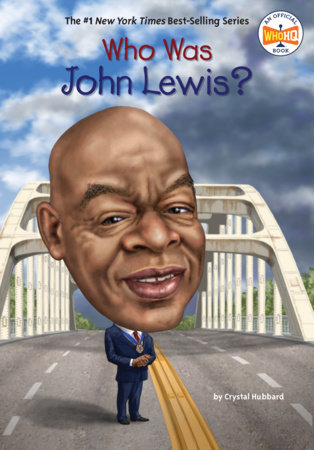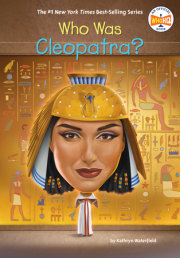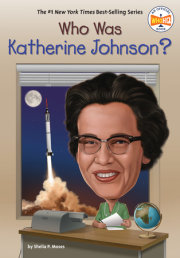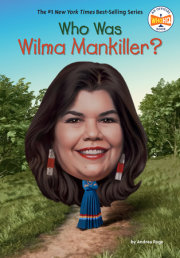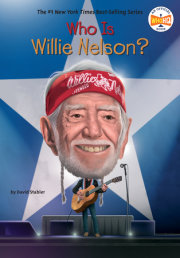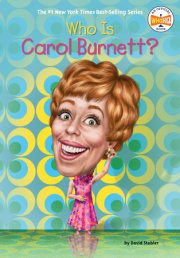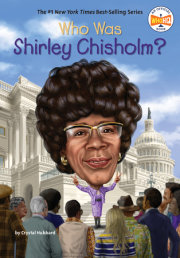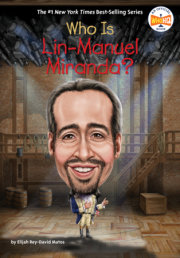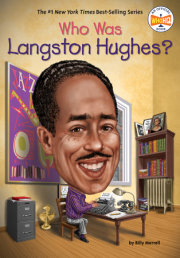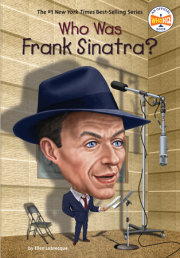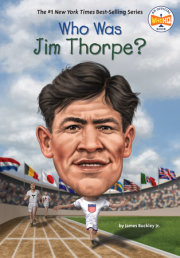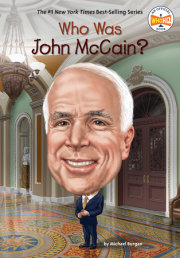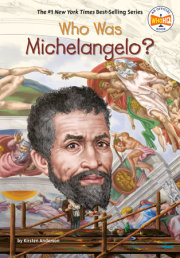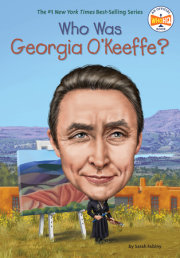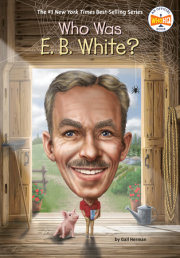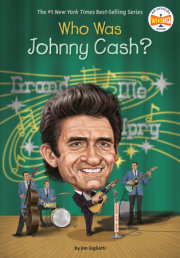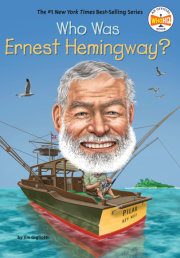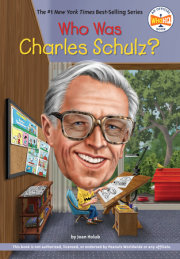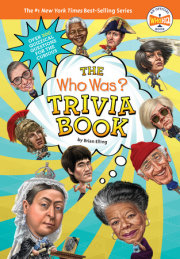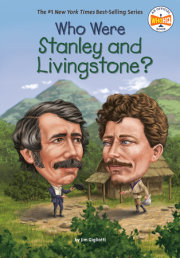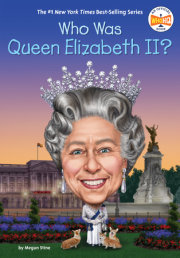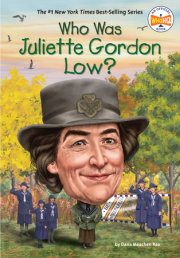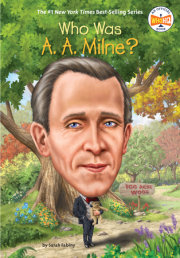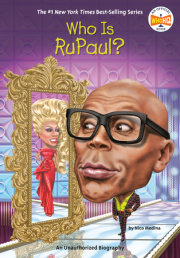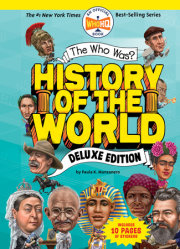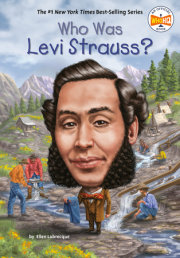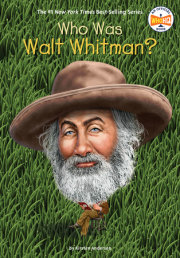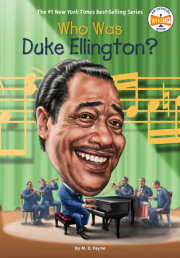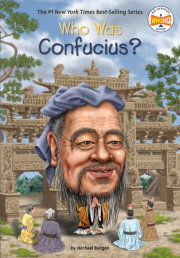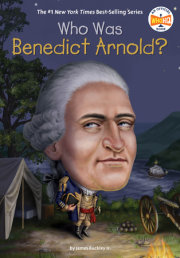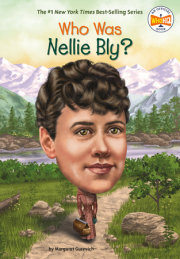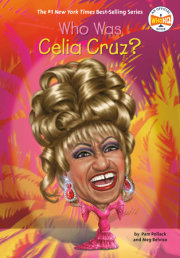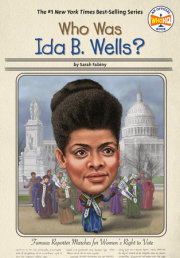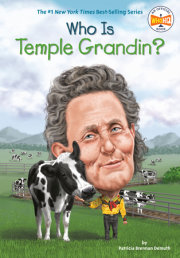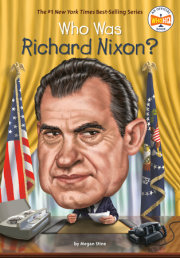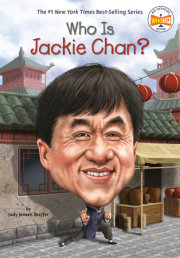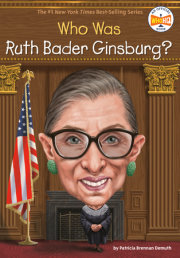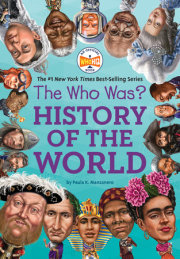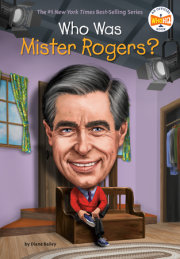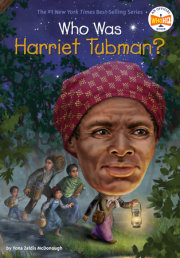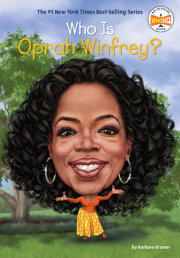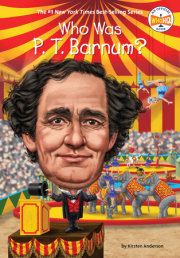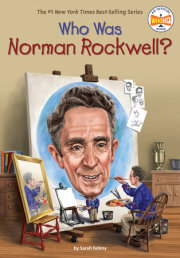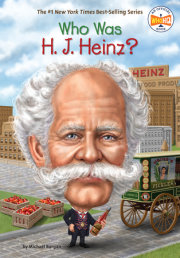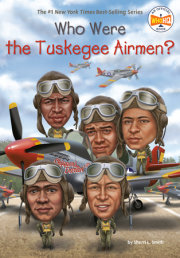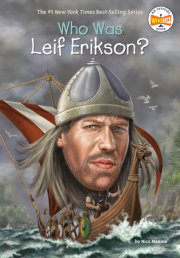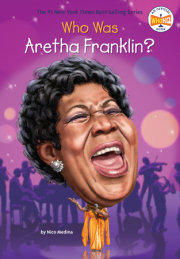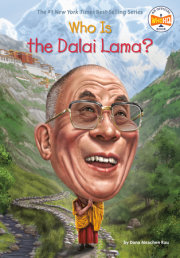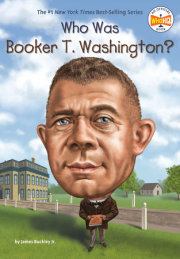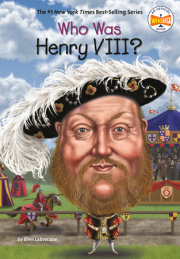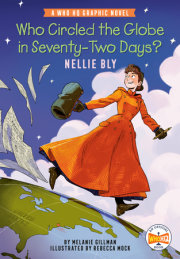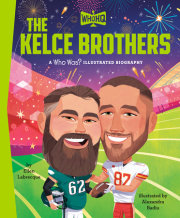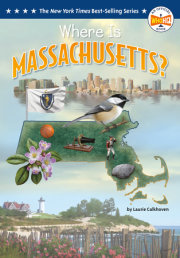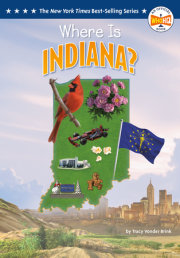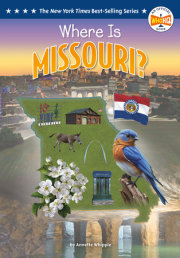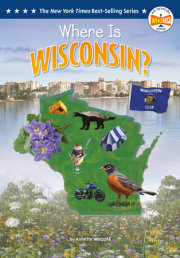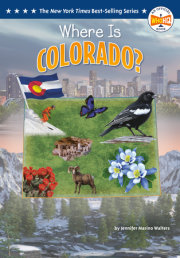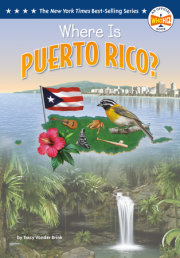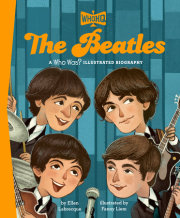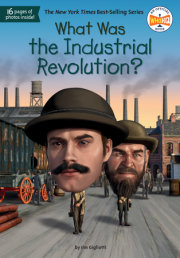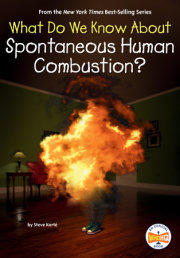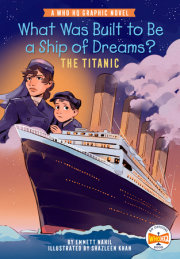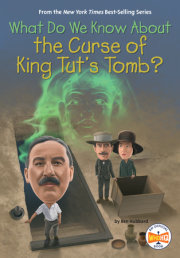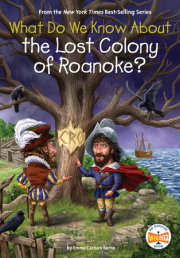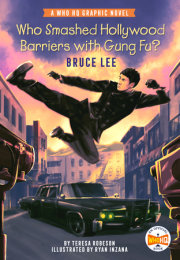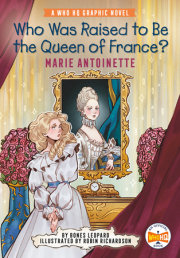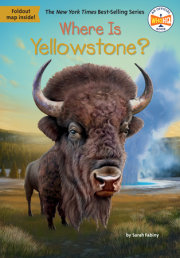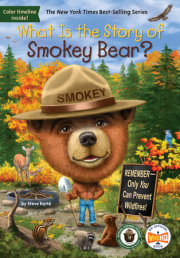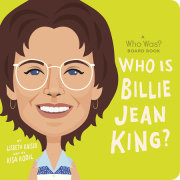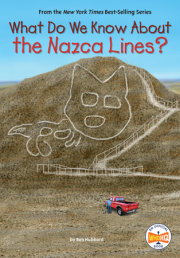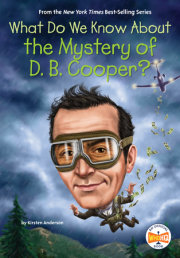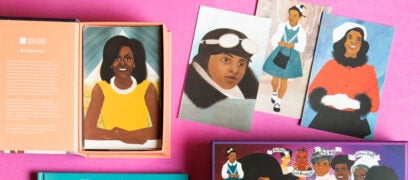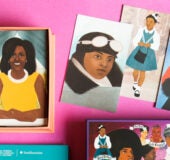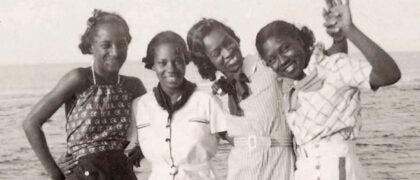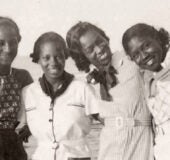Who Was John Lewis? John Lewis, the twenty-five-year-old chairman of the Student Nonviolent Coordinating Committee (SNCC) linked arms with the people standing at his sides. With hundreds of people behind him, he steadily walked across the Edmund Pettus Bridge. He and the people with him were walking from Selma, Alabama, to the state’s capital, Montgomery. The long walk, he hoped, would make lawmakers take notice of the fact that there was a very big problem. Black people were having a difficult, if not impossible, time registering to vote and casting their votes if they did manage to register.
They were bullied and beaten. They were threatened with being fired from their jobs. Their homes were vandalized, all because they wanted to use the one thing they could to change the way they had to live: They wanted to vote.
If he was afraid, John and the people with him did not show it, even though they saw police on foot and on horseback, and ordinary people with weapons, waiting at the end of the bridge. Moving ever closer to the angry line of people blocking the end of the bridge, John hoped for the best. After swallowing over the hard, dry lump in his throat, John took a deep breath, and began to sing a hymn he knew from church.
The other marchers sang with him, and they kept marching and singing even after a loud, furious voice coming through a megaphone ordered them to go back where they came from. Armed only with songs and hope, John and the marchers from Selma continued the path they had started on that day, March 7, 1965, which would become known as Bloody Sunday.
Chapter 1: An Early Calling On February 21, 1940, John Robert Lewis was born just outside the town of Troy, Alabama. His parents, Willie Mae and Eddie Lewis, were sharecroppers, people who farm land that belongs to someone else. They had to pay the landowner money and also a share of the crops they raised on the land. Sharecroppers often earned very little, no matter how hard they worked.
It took many years, but Willie Mae and Eddie earned enough money to buy a 110-acre farm of their own, where they grew cotton, peanuts, and corn. Eddie built a small farmhouse for Willie Mae and their ten children. The house did not have electricity or running water. The toilet was in a separate little building outside the house. John’s parents were proud of their house and farm. They taught John that it was important for people to have something of their very own.
John was the third of Willie Mae and Eddie’s ten children. John’s six brothers were named Adolph, Sammy, William, Grant, Edward, and Freddie. His three sisters were named Ethel, Rosa, and Ora. John’s older siblings worked on the farm every day. When they were not working on the farm, Eddie drove a school bus and Willie Mae worked as a maid to bring in more money. By the time he was five years old, John knew he did not want to be a farmer or a bus driver when he grew up. John wanted to be a preacher.
On the farm, John’s job was to feed the chickens and collect their eggs. He loved the chickens, especially the soft and fluffy young chicks. Other people thought chickens were dirty and smelled bad. John knew how smart the chickens were. He named them and told them the Bible stories he learned in church. He even preached to them! John cared for the chickens so much, he protested when his parents wanted to cook chicken for dinner.
John was a good student who loved school. His parents encouraged John to get an education, but there was so much work to do on the farm, especially when it was time to harvest crops. His parents wanted him to stay home from school in order to help. But John did not want to miss any school days during the harvest season. He would sneak away from the farm and run to catch the bus to school.
Because many schools for Black students were underfunded, John’s school did not have many books. There were even fewer books at home. And John loved reading. When he tried to visit the public library in Troy to get more books, John learned that the Troy Public Library was segregated. (Segregation means forced separation, as in separate areas and services for Black and white people.) Unfortunately, the Troy library was for white people only.
In 1951, when he was eleven years old, John’s uncle took him to visit Buffalo, New York. John saw big differences between schools and life for Black people in the North. People in the North might not have always been friendly, but John could go into the same stores as white people. He could also sit anywhere he wanted on buses.
In southern states, like Alabama, Black and white people were kept separated. Jim Crow laws were enforced to keep people of different races apart.
In the southern part of the United States, Black people and white people did not live in the same neighborhoods. Black people had to ride in the back of buses. They had separate schools from white people. The schools for Black children were not as well equipped or as nice as schools for white children, even though they were supposed to be equal.
John hated Jim Crow laws because he knew how wrong they were.
Chapter 2: A Young Man With a Mission In 1954, the Supreme Court of the United States decided that “separate but equal” schools for Black and white children was wrong. The legal case was called Brown v. Board of Education. The Supreme Court’s decision was supposed to make schools better for Black children. John was disappointed when nothing changed in Alabama.
One night in 1955, something gave fifteen-year-old John hope. He listened to a preacher on the radio. His name was Martin Luther King Jr., and he spoke about putting an end to the unfair treatment Black people had suffered for so long. John was very interested in Martin’s work that led to the Montgomery Bus Boycott. The boycott began on December 5, 1955, four days after a Black woman named Rosa Parks refused to give up her seat on a bus to a white man. The boycott was organized as a way to force the end of segregation on buses. John followed the news of the boycott from its beginning to its end on December 20, 1956.
Martin Luther King Jr.’s speeches about making change by nonviolent methods inspired John. He decided that he wanted to do something to help end the injustice toward Black people.
When John graduated from the Pike County Training High School in 1957, he wanted to attend Troy State College, an all-white college in his hometown. His application was rejected because he was Black.
John was so upset, he wrote to Martin for advice. The famous pastor was so impressed, he invited John to Montgomery, the capital of Alabama. Martin also sent John a Greyhound bus ticket for the fifty-mile trip. Montgomery was Martin’s hometown and the place where he began his fight for civil rights for Black people.
Martin and John, who he called “the boy from Troy,” met in March 1958 at the First Baptist Church. Martin told John that they could get the money to pay for a legal battle to attend Troy State College, but it would not be easy. White people violently fought against desegregation. They didn’t want to see an end to separating people by skin color. It took only one person to desegregate an entire university, and John wanted to be that person. Martin warned John that he or his family could be hurt if John tried to desegregate Troy State College.
John’s parents convinced him to attend American Baptist Theological Seminary in Nashville, Tennessee, instead. There, John would learn to be a preacher. Willie Mae and Eddie had little money to pay for college, so John worked when he was not studying or in class. Willie Mae advised her son to work hard, study hard, and to stay out of trouble. John graduated from the seminary, but while he was there he did go ahead with his application to all-white Troy State University in his hometown.
John itched to be a part of Martin’s movement for civil rights. He paid close attention in workshops that taught action through nonviolence. The idea of fighting for something in a peaceful way interested John very much. He took part in peaceful activities to bring about change. Sit-ins (a protest where demonstrators sit down and refuse to leave) were one kind of those activities.
In 1960, John helped create the Student Nonviolent Coordinating Committee, or SNCC. The first time John was arrested was on February 27, 1960. He was twenty years old. He and other SNCC members sat down at a whites-only lunch counter at a Woolworth’s store in Nashville, Tennessee. The students took seats in a polite, orderly manner. Angry white customers threw food at John and his companions and poured beverages over their heads. They spit at them and called them horrible names. They tried to yank the students off their seats. The students kept sitting up straight. They did not speak to one another or the people attacking them. They did not fight back, not even when the police arrived and arrested them instead of the violent people attacking them.
“I didn’t necessarily want to go to jail,” John said in a 1973 interview for the Southern Oral History Program. “But we knew . . . it would help solidify the student community and the Black community as a whole. The student community did rally. The people heard that we had been arrested and before the end of the day, five hundred students made it into the downtown area to occupy other stores and restaurants. At the end of the day, ninety-eight of us were in jail.”
The sit-ins worked. Nashville desegregated its lunch counters on May 10, 1960.
Copyright © 2023 by Penguin Random House LLC. All rights reserved. No part of this excerpt may be reproduced or reprinted without permission in writing from the publisher.





